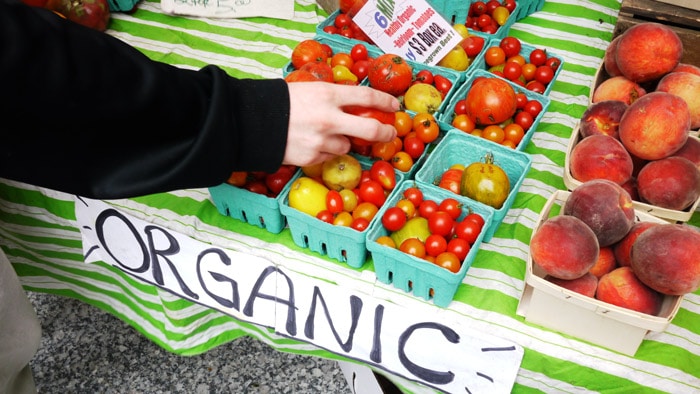The US Government is to provide $21.4 million in new grants for an organic research and market expansion programme as part of wider $56 million initiative to strengthen local and regional food projects.
The announcement was made at last week’s New York Times Food for Tomorrow Conference by the US agriculture secretary Tom Vilsack.
“Since this Administration launched the Know Your Farmer, Know Your Food initiative in 2009 to coordinate USDA efforts to support local and regional food systems, there has been a dramatic increase in consumer demand for buying local,” said Vilsack. “Over the years, we’ve seen how these new market opportunities are helping to drive job growth in agriculture, increase entrepreneurship in rural communities, and expand food access and choice. This latest round of grants will expand the capacity of farmers and businesses to serve this growing market, help revitalize local economies around the country, and support efforts around the country to provide fresh, healthy food to all Americans.”
The Food for Tomorrow conference brings together a range of leaders to discuss At the event, Vilsack made three significant funding announcements.
- $21.4 million is being made available for organic research and market extension “to help organic farmers and ranchers improve business operations and bring more organic food to the table of consumers”.
- $26 million will be targeted at supporting farmers’ markets and local food initiatives, including grants for more than 100 projects that will support rural economies, increase market opportunities for farmers, and help close supply chain gaps in communities across the country.
- $8.6 Million will go to community food projects that help make healthy, nutritious foods available to people from low-income neighbourhoods.
The USDA (agriculture department) says it “is committed to helping organic agriculture grow and thrive. USDA strongly supports the organic sector through a wide variety of programs, including conservation grants, organic crop insurance, certification cost-share, organic market news, and simplified microloans.”











